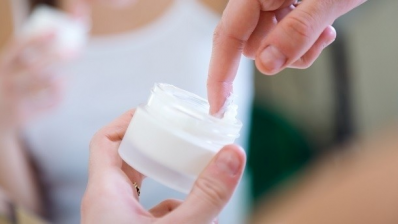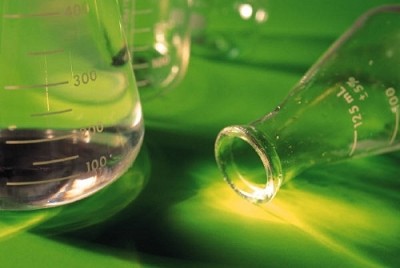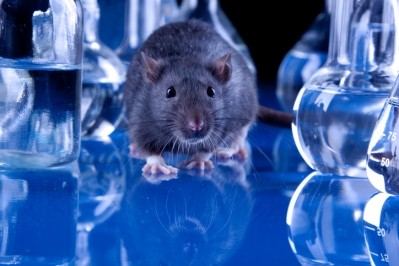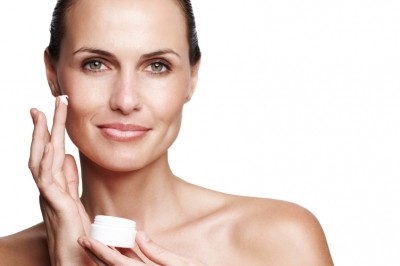Exclusive Interview
Tackling the beauty industry’s ‘preservative crisis’: what can be done?
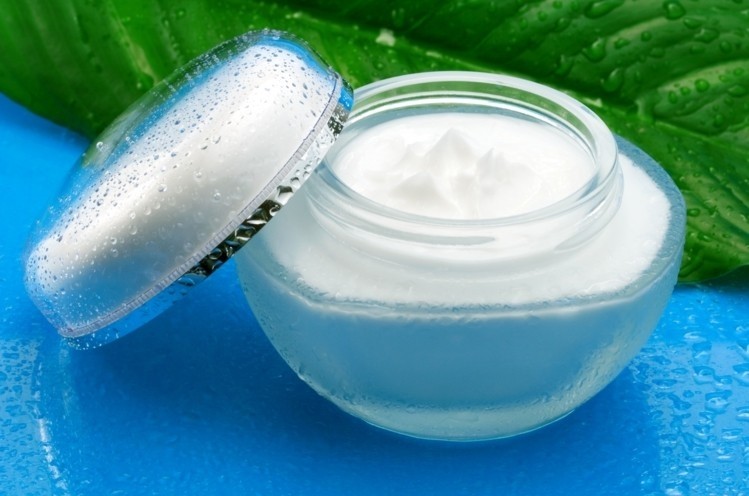
We caught up with Barbara Brockway, formulation expert and director of personal care at AppliedDNA Sciences, on the lastest, including key challenges and opportunities for the industry.
For a while, we've talked in the industry of a 'preservative crisis'. What does this means?
The preservative crisis in the cosmetic industry is very real. Regulated markets such as the EU, have restricted positive lists of the preservatives, that are authorised for use in cosmetics under the conditions specified. The problem is, these lists are getting shorter.
The positive list of preservatives under the EU Cosmetic Products Regulation ((EC) No. 1223/2009), is ‘closed’ at the moment and animal testing bans etc. make it very difficult to get new preservatives accepted onto these lists.
Formulators are seeing themselves running out of allowed preservatives and to make the situation worse, by relying on fewer authorised preservatives, we are in danger of entering a vicious circle that could result in more preservatives being removed from these positive lists.
Toxicologists talk about Risk = Hazard x Exposure so it is not surprising they highlight the risk of irritation etc., increasing as we are exposed more and more to less and less cosmetic preservatives.
Why did this situation come about?
Remember, it is very important for a cosmetic to be safe through storage and use, throughout its entire a shelf-life, which is often at least 30 months.
Cosmetic formulas are therefore designed to be chemically stable and to actually kill microbes. Making a product that does not allow microbial growth is not sufficient.
In order to pass industry tests such as the challenge-test (ISO 11930:2012), the specified microbes, which are added to the formula (at specified concentrations, at the start of the test), must be rapidly killed.
Cosmetics formulas therefore need some type of preserving agent. Even those claimed to be preservative-free, (so do not contain preservatives on the positive lists ), if they pass the challenge test then the formula has a ‘preservative-element’ present.
The glass half full community sees the preservative crisis as an opportunity for formulators to be more creative. For example by using the ‘hurdle’ approach, where a series of preservative factors are combined to make a formula very hostile and so reduce the level of preservative needed to kill microbes.
The hurdles include low water activity, acidity, controlling redox potential, including chelating agents, using synergistic blends of allowed preservatives and including ingredients such as propane 1, 3-Propanediol and 1,2-Alkanediol.
More controversial is the inclusion of ingredients for one cosmetic use which also help to preserve such as certain essential oils and natural extracts.
Are things improving? If not, what steps can we take?
No, I see the situation getting worse before it gets better.
The European Commission is very aware of the crisis. They have issued an infographic emphasising the importance of preservatives for cosmetic products and no one wants under-preserved products on the market.
Cosmetic material suppliers are working very hard to help and of course innovative packaging technology offers formulators exciting ways to deliver cosmetics safely.
Which areas of tech, innovation and research, if any, would you suggest could offer new avenues for preservative development?
Having just chaired in-cosmetics Formulation Summit 2017, where there was a lot of interest in the microbiome, I feel we are entering a new era where the cosmetic microbiologist becomes a key member of the NPD team.
Not just because of the preservative crisis but also to take full advantage of the discoveries being made about the role of skin’s microbiome.
Some experts are beginning to question the effects of preserved products on the balance of microbes living on our skin.
Also, with some brands talking about ‘rebalancing’ skin’s micro-ecology using approaches similar to live yoghurt in diets, expert creative thinking is going to be needed if this is to be achieved safely, in products that pass the challenge test.
Any other thoughts?
As I said, it is paramount that cosmetics are safe and consumers must not be put at risk. Interestingly, the FDA in America treats preservatives in cosmetics the same as other cosmetic ingredients.
At Applied DNA Sciences, I am heavily involved in using the latest DNA technology to secure supply chains and so I see solutions to problems such as the preservative crisis being found using these exciting new emerging technologies.
There are no easy answers. The preservative crisis has become the cosmetic industry's preservative challenge.
